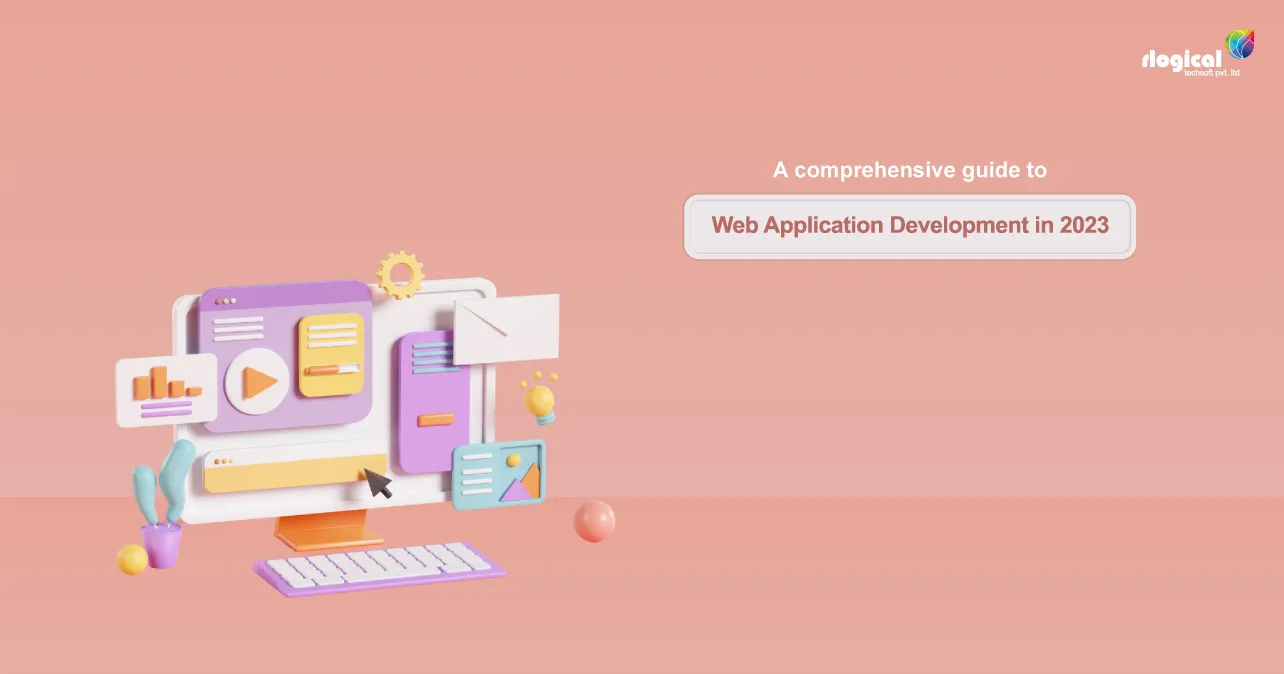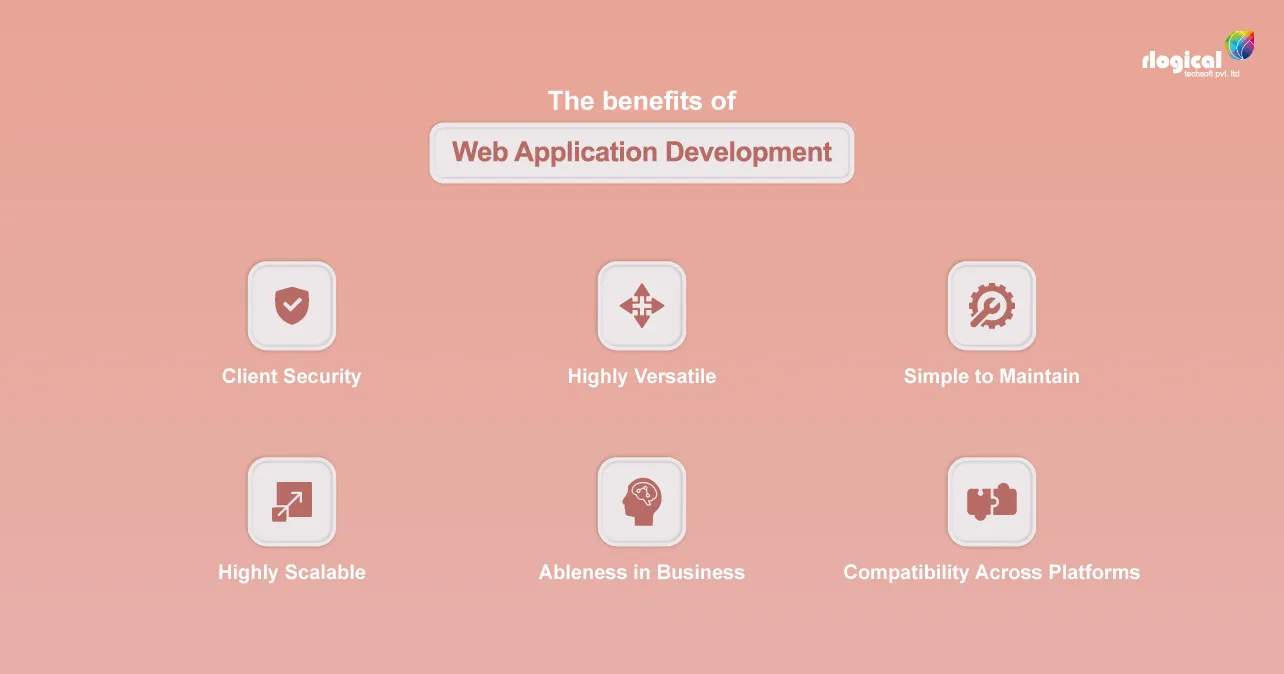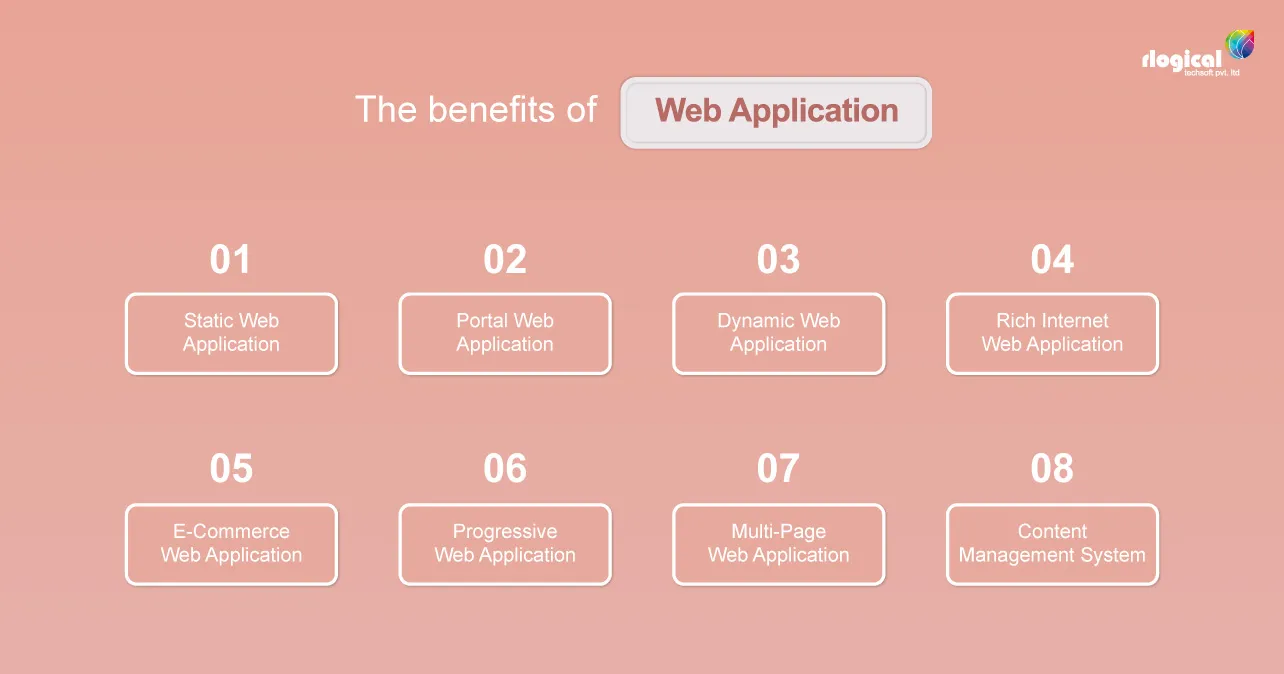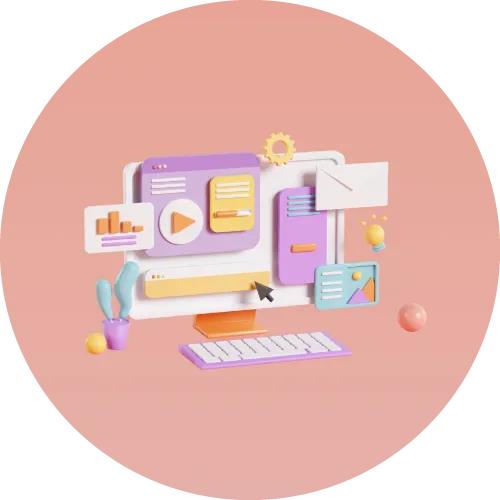
|
Getting your Trinity Audio player ready...
|
In our digital environment, which is constantly evolving, web application development is expanding at an unprecedented rate. Users desire web applications that are accessible, feature-rich, and infinitely configurable. It provides clients with customized insight into local portable applications with the comfort of utilizing an internet browser on any gadget to see them. Web apps are highly favored in various industries, including e-commerce, finance, and banking.
What Are The Benefits Of Web Application Development?

1. Compatibility Across Platforms
One of the most significant advantages of web application development is the requirement for compatibility across platforms. It makes it possible for people to use a single-page application on any device, so many large businesses choose to use it, especially if they want to reach many people.
2. Client Security
Web apps also increase user safety because malware cannot infect them as long as users stick to reputable app store websites (Google Play Store for Android apps, Apple App Store for iOS apps).
3. Simple to Maintain
The third advantage is that web apps are very easy to keep up with, provided that you hire skilled professionals to create them.
4. Highly Versatile
From a business perspective, your company will become more appealing to customers if web application tools are easy to use. Who wants to create an app that they can’t use?
5. Ableness in Business
Web applications can help your company overcome the challenges of maintaining a sturdy product without being able to pitch it on multiple platforms, which is the fourth benefit.
6. Highly Scalable
The final advantage is that many businesses use custom web development services for customer service and marketing, making them scalable. If you have a lot of customers who use web applications rather than multiple websites for each market segment, you can save money by hiring fewer people.
What Are The Types Of Web Applications?

1. Static Web Application
Static web application gives coherence and consistency to the client experience. It is typically developed for organizations or businesses with a long-term perspective.
2. Dynamic Web Application
A dynamic web application, such as online surveys and contact forms, is used for short-term data collection and processing.
3. E-Commerce Web Application
Online sales of goods and services are made possible by an e-commerce web application. The processing of payments typically forms part of the system in this Application. Thanks to the development of new technologies, it is now possible to develop a fully functional e-commerce web app without installing or purchasing a dedicated server.
4. Portal Web Application
A portal web application creates a web destination that collects a company or organization’s information, including contact information, offered products and services, etc. A virtual building with multiple floors can be thought of as a portal. The purpose of each floor is different.
5. Content Management System
Content management framework application is utilized to deal with the items in any web-based site, like posts, articles, studies, etc. An administrator typically maintains the contents. Editors can update or add new ones thanks to the system.
6. Progressive Web Application
Progressive Web Application is a web app that combines progressive enhancement with the features of the web platform, such as manifests, service workers, and others, to provide a superior user experience to native apps. PWA is a website built with common web technologies like HTML, CSS, JavaScript, and Web Assembly that resembles a mobile app in appearance and operation.
7. Rich Internet Web Application
Rich Internet Applications are web applications with the same features and appearance as desktop applications. Such applications incorporate various functionalities and are more captivating and quicker than standard electronic applications. However, due to browser limitations, these apps rely on customer-side plugins. The best tools for making Rich Internet applications are AJAX, Java, JavaFX, Adobe Flash, and Adobe Flex, which are used to build these applications.
8. Multi-Page Web Application
Multi-Page Application, also known as MPA, has multiple pages for the Application, as the name suggests. When a user goes to a different page, it simply reloads the entire page from the server. Various programming languages, including jQuery, HTML, JavaScript, CSS, AJAX, and others, are used to create MPAs specifically. Additionally, such applications assume a fundamental part in their adaptability with no page restrictions and give immense data about organization items or administrations.
These are the various web applications you can create with a custom web development services company, and you can also select the one that best suits your requirements.
What Are The Steps For Web Application Development?
Besides web application development platforms, steps to build a web application or any other software frequently require integration between various environments and programming languages. No matter what industry or type of business the web app supports, the fundamental process of developing it will remain the same.
1. Identifying The Goal
Create a goal for the software. The most effective dissemination of information to users is the goal of web application development. Before deciding how the software will operate, it is essential to identify the data that must be provided. It may consist of straightforward information about products or services or a brand-new method of interacting with data.
2. Wireframing
Wireframing is creating your application’s blueprint by comprehending its solution and functionality.
3. Programming
You’ll work on HTML, JavaScript, and CSS in this step. The most widely used platforms in the industry are used to code the program: Java, Python, and PHP. Advanced web application frameworks like Django or Ruby on Rails will be used to create the most complex steps.
4. Testing
It is an essential part of software development because it ensures that the Application works correctly when customers or users use it. Before being sent to the hosting company (usually an online server), a qualified software developer must manually test any changes to a web application.
5. Deployment
The Application can be made available to the public online once it has been created. Professional web application developers will ensure everything works without downtime or other issues when putting a website online.
6. Maintenance
This step is very important to ensure that the Application works well for everyone who uses the web, no matter who they are or where they come from. Custom web development services should regularly maintain web apps to resolve issues quickly.
What Are Web Application Development Tech Stacks?
1. Client-Side Programming
AngularJS
Angular JS, a well-liked front-end framework developed by Google, can create dynamic web apps, while HTML can create static web pages. Many leading AngularJS development companies typically use this technology for your business’s needs to create robust and secure web applications.
ReactJS
For creating large-scale, intricate, and dynamic web applications, this is a robust and widely used JS framework.
Related: How to Develop Web Apps With React and NodeJS
Vue JS
This relatively new JS framework makes applications run smoothly. Vue JS provides an accessible primary library and an ecosystem of supporting libraries for implementing large, complex page apps.
JS Node
It is a scalable network application-building open-source JS runtime that runs on the V8 engine and is cross-platform.
2. Server-Side Development
PHP
It is a well-known, universally useful prearranging language that assists you with building dynamic and intuitive sites for your business needs. Additionally, it is a robust, quick, adaptable, and practical tool made specifically for web development.
Java
Utilized particularly for Android application advancement, work area application, and web application improvement. It is a programming language that can be used for many things and typically provides excellent stability and security.
Rails on Ruby
A general-purpose, object-oriented, open-source programming language necessary to develop extremely fast and secure web applications.
Python and Django
Python is versatile, advanced, and easy to learn. This programming language covers back-end web development. Python and its framework, Django, can effectively complete back-end development tasks.
3. Technology for Databases
MySQL is one of the most widely used databases for developing web applications worldwide.
Other well-known database technologies, such as Oracle Database, PostgreSQL, Microsoft SQL Server, Microsoft Access, MongoDB, and RavenDB, are currently making their way onto the market. These technologies are in addition to MySQL.
Detailed Guide: Technology Stack For Web & Mobile Application
Conclusion
Web Application Development is a crucial component for any business that wants to lead the digital space and expand its customer base in the future. A web application performs tasks over the Internet using browsers and web technologies. Web apps use server-side code in programming languages like Java to retrieve and store data, while client-side scripts in HTML5 and JavaScript display the relevant data on the user interface. Web development has evolved into a business management tool that can be used by people who live in remote areas.
Jatin Panchal
Jatin Panchal is the Founder & Managing Director at Rlogical Techsoft Pvt. Ltd. For more than a decade, he has been fostering the organization's growth in the IT horizons. He has always bestowed personalized approaches on .NET, PHP, Flutter, and Full-Stack web development projects. From startups to large enterprises, he has empowered them to accomplish business goals. By delivering successful industry-driven solutions, he is encouraging the capability of AI, ML, blockchain, and IoT into custom websites and hybrid mobile applications.
Related Blog
- Build Innovative Web Apps with React and NodeJS [Expert’s Outlook]
- What Reason is MERN Stack Considered the Best for Developing Web Apps?
- Top Reasons Why Choose Node.js for Web App Development?
- Learn Which Backend Framework Is Best Node JS Or Python
- A Comprehensive Guide To Building A Web App from Scratch
Categories
- All
- Amazon Web Services (AWS)
- ASP.Net Development
- Azure Web App
- Big Data Analytic
- Customize
- Digital Marketing
- Drupal Development
- E-commerce web development
- Education Mobile App Development
- Enterprise Application
- Event Management App Development
- Fintech
- Fitness App Development
- Food Delievery
- Front-End Development
- Healthcare App Development
- Hire Dedicated Developers
- Hotel Booking App
- IT Industry
- JavaScript Development
- Mobile App Development
- On Demand App Development
- On Demand Healthcare App Development
- PHP Development
- POS Software Development
- Real Estate Mobile App Development
- Retail Business App Development
- Salesforce
- Social Media Development
- Software Development
- Technology
- Transportation App Development
- UI/UX Design
- Web Design
- Web Development
- Web Services
- Web/Data Scraping Services
- WordPress



 Jatin Panchal in Web App Development
Jatin Panchal in Web App Development 





